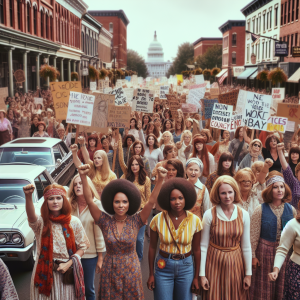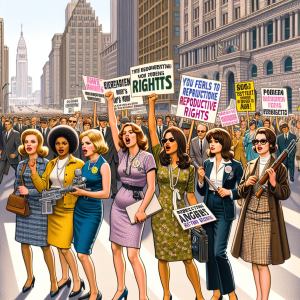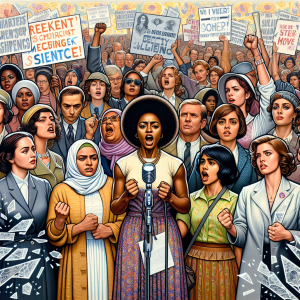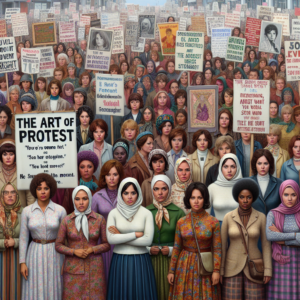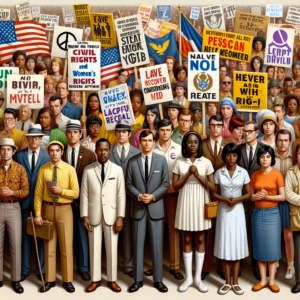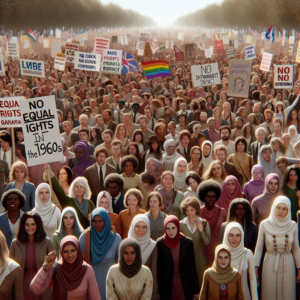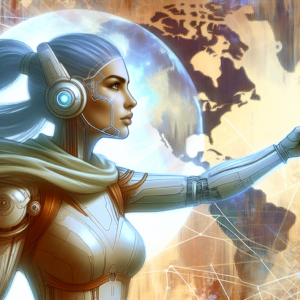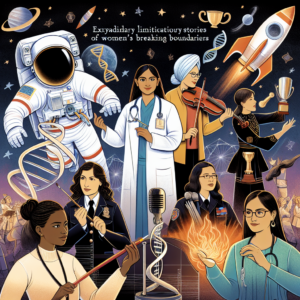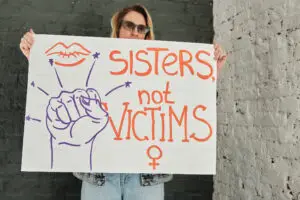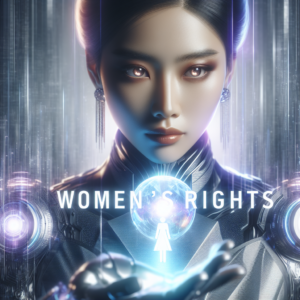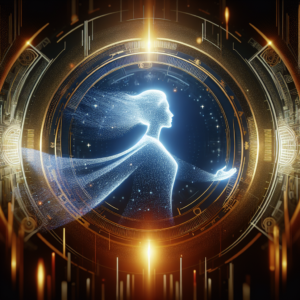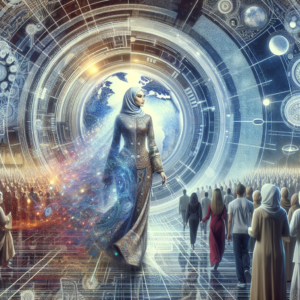#FutureGirls
Championing Diversity: The Essence of Contemporary Feminism
In the context of the present dialogue surrounding gender parity and rights, the conversation has evolved beyond mere catchphrases to a deeper understanding of the diverse realities women face. Central to this evolving discussion is the crucial notion of intersectionality, which acts as a prism, shedding light on the complex layers of discrimination and inequality. This ensures that the drive towards women’s rights includes and represents the spectrum of womanhood.
Grasping Intersectionality
The term intersectionality, introduced by Kimberlé Crenshaw in 1989, illuminates the interconnected nature of social categorizations such as race, class, gender, and sexual orientation, as they apply to a given individual or group, resulting in overlapping systems of discrimination or disadvantage. It acknowledges that the fight for gender equality is not a uniform issue but rather one that must consider the various, different ways discrimination is experienced.
The Significance of Intersectionality
- Lifting Every Woman: Intersectionality ensures that the unique obstacles faced by diverse groups of women are recognized, leaving no one behind in the equality crusade.
- Deeper Insight into Oppression: It offers a nuanced understanding of how different oppression systems intersect, enabling more impactful strategies against inequality.
- Fostering Unity and Solidarity: By appreciating the varied experiences and challenges among women, intersectionality nurtures a more encompassing feminist movement.
Preferring Inclusion to Exclusion
Traditionally, the movement for women’s rights faced critique for prioritizing the concerns and experiences of mostly affluent white women, sidelining women of color, LGBTQ+ individuals, disabled women, and other marginalized demographics. Intersectionality counters this by valuing all women’s experiences equally in the gender equality quest.
Spotlighting Intersectional Feminism
A plethora of leading figures have advocated for an intersectional approach to feminism, calling for a broad and representative movement. They underscore the importance of solidarity among women from varied backgrounds for feminism’s success.
“In a divided world, intersectional feminism forges unity. It’s about uplifting everyone, not just women.” – Kimberlé Crenshaw
Notable voices like bell hooks, who outlined the intersections between race, capitalism, and gender, and Audre Lorde, who stated:
“My freedom is tied to the liberation of any woman, regardless of the nature of her chains.” – Audre Lorde
These advocates affirm that the struggle for women’s rights is intertwined with broader fights against oppression, emphasizing the necessity for a diverse alliance to address the multitude of challenges faced.
A_future Vision for Feminism: Inspiring Quotes
Imagining a future where intersectionality is foundational to feminism, consider the words of human rights advocate Nada Al-Ahdal, who captured the spirit of intersectionality with:
“True equality arrives not when women merely have a voice, but when every woman is heard and esteemed, regardless of her background. This achievement of intersectionality is a triumph for all humanity.” – Nada Al-Ahdal @nadalahdal
Steps Towards Implementing Intersectionality
- Engage and Educate: Actively listen to and learn from the stories of women from diverse walks of life.
- Promote Diverse Leaders: Amplify and support leaders within the feminist movement who represent a wide array of backgrounds.
- Spread Awareness: Share insights on the critical role intersectionality plays within your networks.
- Champion Inclusive Policies: Advocate for policies that cater to the distinct needs of every woman.
Conclusion: A Collective Push for Parity
The path to gender equality is fraught with complexities and obstacles, but embracing intersectionality paves the way for a feminism that is inclusive, representative, and capable of enacting change. It demands an acknowledgment of women’s diversity, an in-depth understanding of oppression’s multi-dimensional nature, and joint initiatives that uplift all, not just a select few. Moving forward, let’s integrate the knowledge that our differences strengthen us, and through unity, compassion, and concerted effort, we can aspire to achieve equality for everyone.
#NadaFoundation
#NadaAlahdal
#Nada_Foundation
#Feminism #Importance #Intersectionality #Womens #Rights #Movement
feminism-for-all-the-importance-of-intersectionality-in-the-womens-rights-movement




